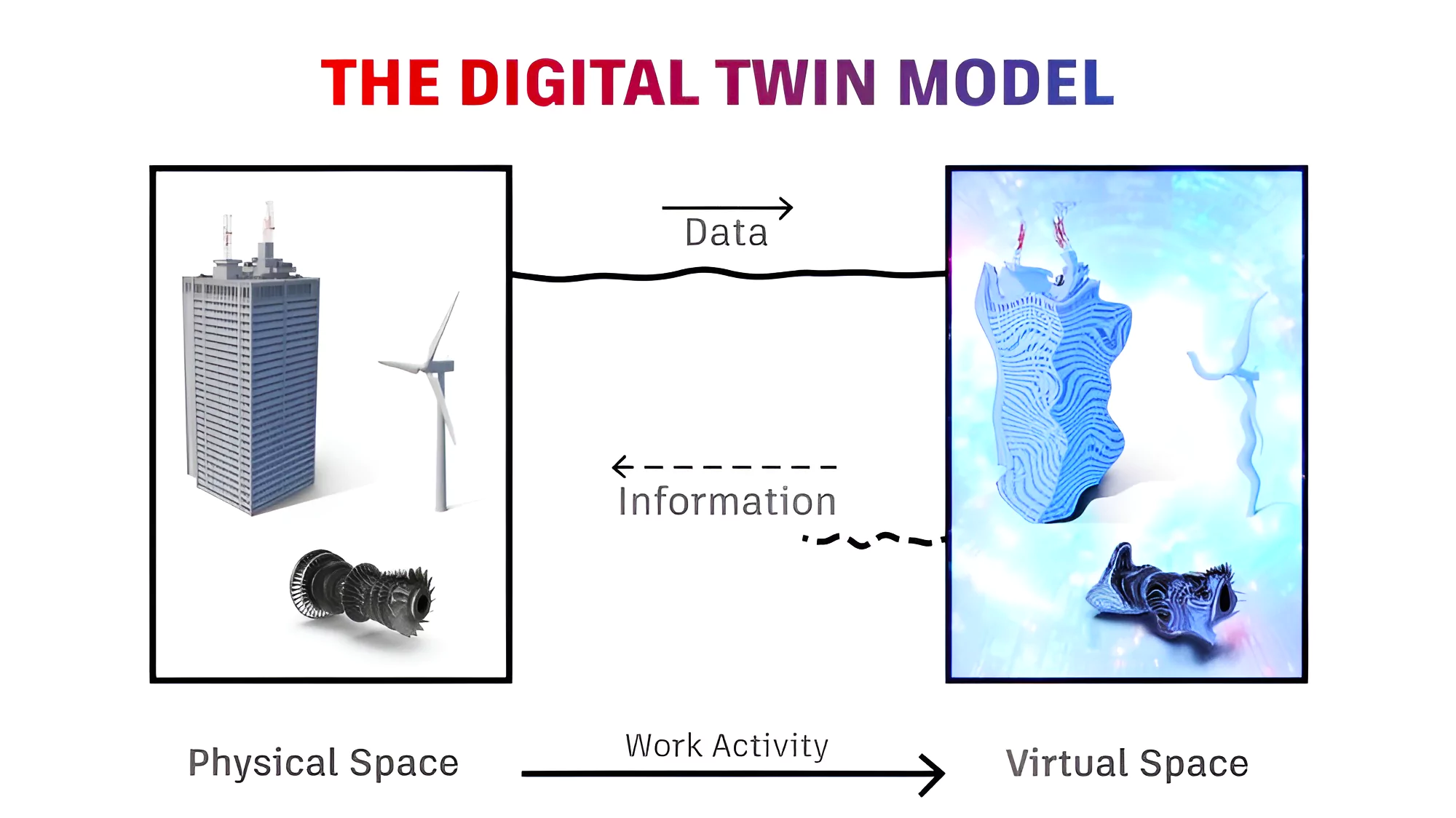![]() 16 Feb 2024
16 Feb 2024

Recently, the Department of Telecommunications (DoT) has unveiled the ‘Sangam: Digital Twin’ initiative for Infrastructure Planning and future Design.
| Digital Twin: It is a three dimensional virtual representation of an object or system that delivers real type insights into the performance, operation or profitability of a physical object, even a city.
History of Digital Twin
Types of digital twins (Based on the level of product magnification) Component twins/Parts twins, Asset twins, System or Unit twins, and Process twins. |
|---|
News Source: PIB
| Must Read | |
| NCERT Notes For UPSC | UPSC Daily Current Affairs |
| UPSC Blogs | UPSC Daily Editorials |
| Daily Current Affairs Quiz | Daily Main Answer Writing |
| UPSC Mains Previous Year Papers | UPSC Test Series 2024 |
<div class="new-fform">
</div>
